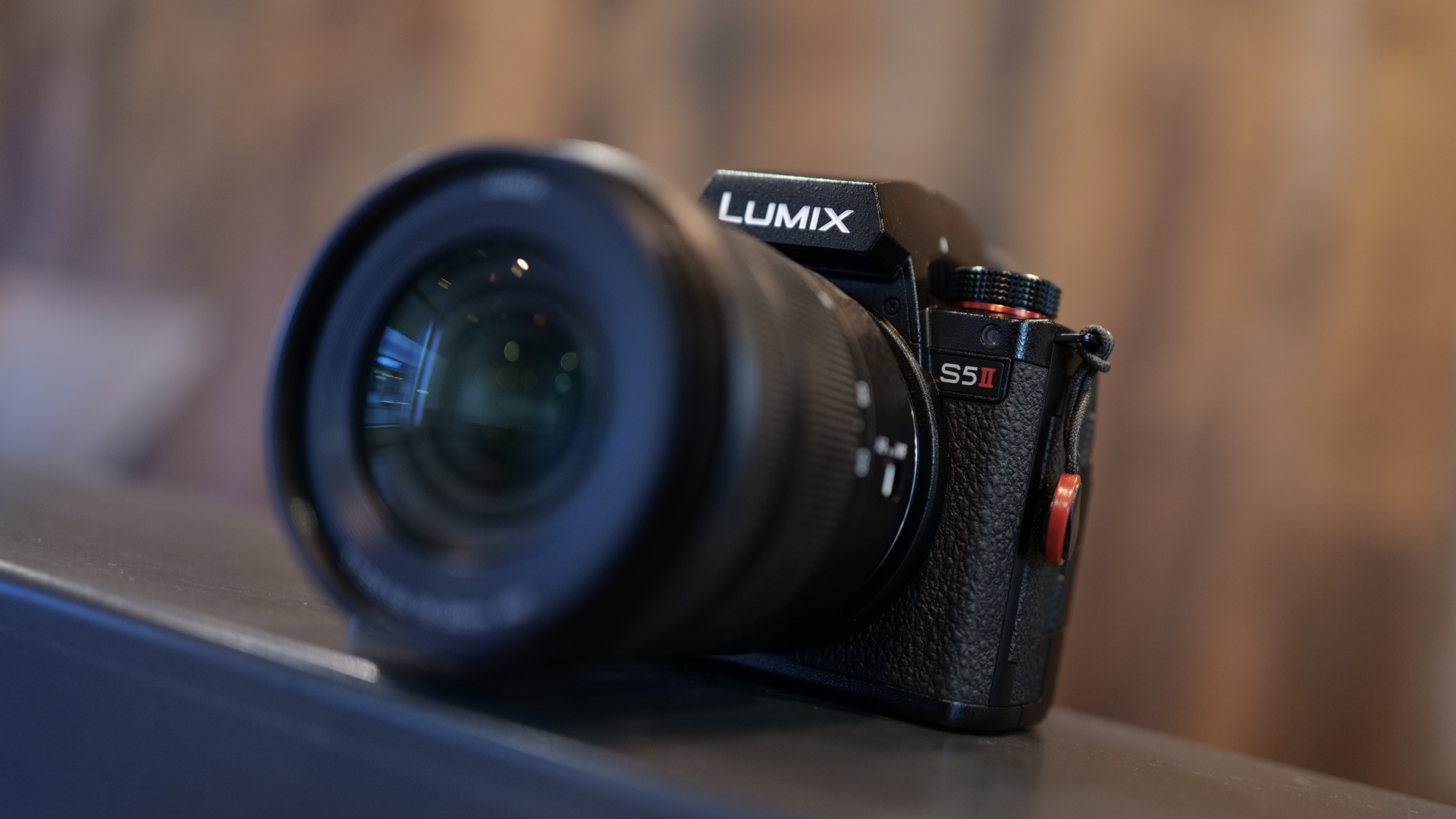
The best new camera releases are rarely welcomed with such wild enthusiasm as the announcement of the Panasonic Lumix S5 II. That's because it finally saw the brand introduce a camera with competitive autofocus (AF) capabilities, in the form of a newly developed Hybrid Phase Detect Autofocus system.
As the fourth camera to release in the Lumix S-series range since the introduction of Lumix's full-frame sensor renditions in 2018, the S5 Mark 2 didn’t need a lot of additional features to make it worthy of attention. Its predecessor, the Lumix S5, effectively cannibalised the series’ flagship, the Lumix S1, by matching it for key specs such as stills resolution (24.2MP), and 4K/60p video recording (but at a higher-spec 200Mbps vs 150Mbps).
I enjoyed using the original Lumix S1, particularly for photography, but when the original Lumix S5 came out, the case for the S1 got tougher. I was sold on the smaller and lighter body and better battery performance. By introducing the Mark 2 model, Panasonic has made that case harder still, as the new Lumix appears to be every bit the flagship in the series right now, as we'll explore in this Panasonic S5 MkII review...
Panasonic S5 Mk2: Price & availability
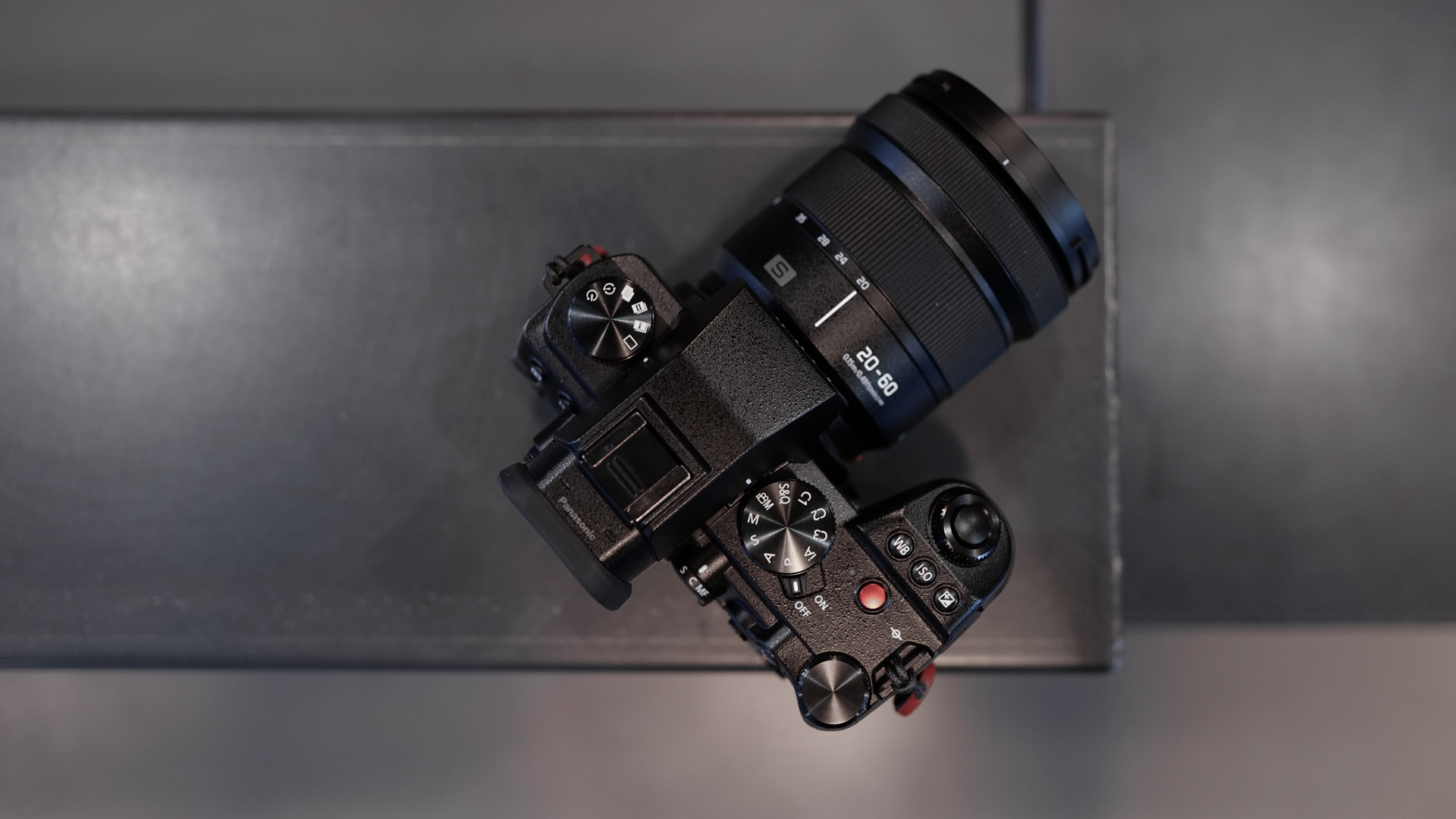
The Lumix S5 II is available to buy right now, with prices starting at £1,999/€2,199/$1,999. At that price point, the second-gen body offers immense value for money, considering it competes with cameras almost twice that sum, including the Sony A7 IV and Canon EOS R5.
However, we have noticed some leading retailers are running low on stock, suggesting demand is currently outstripping supply, so if you’re in the market for the Lumix S5 II then you may want to act fast when you find one available. The widget below has the best current pricing.
Panasonic S5 2 review: What's new?
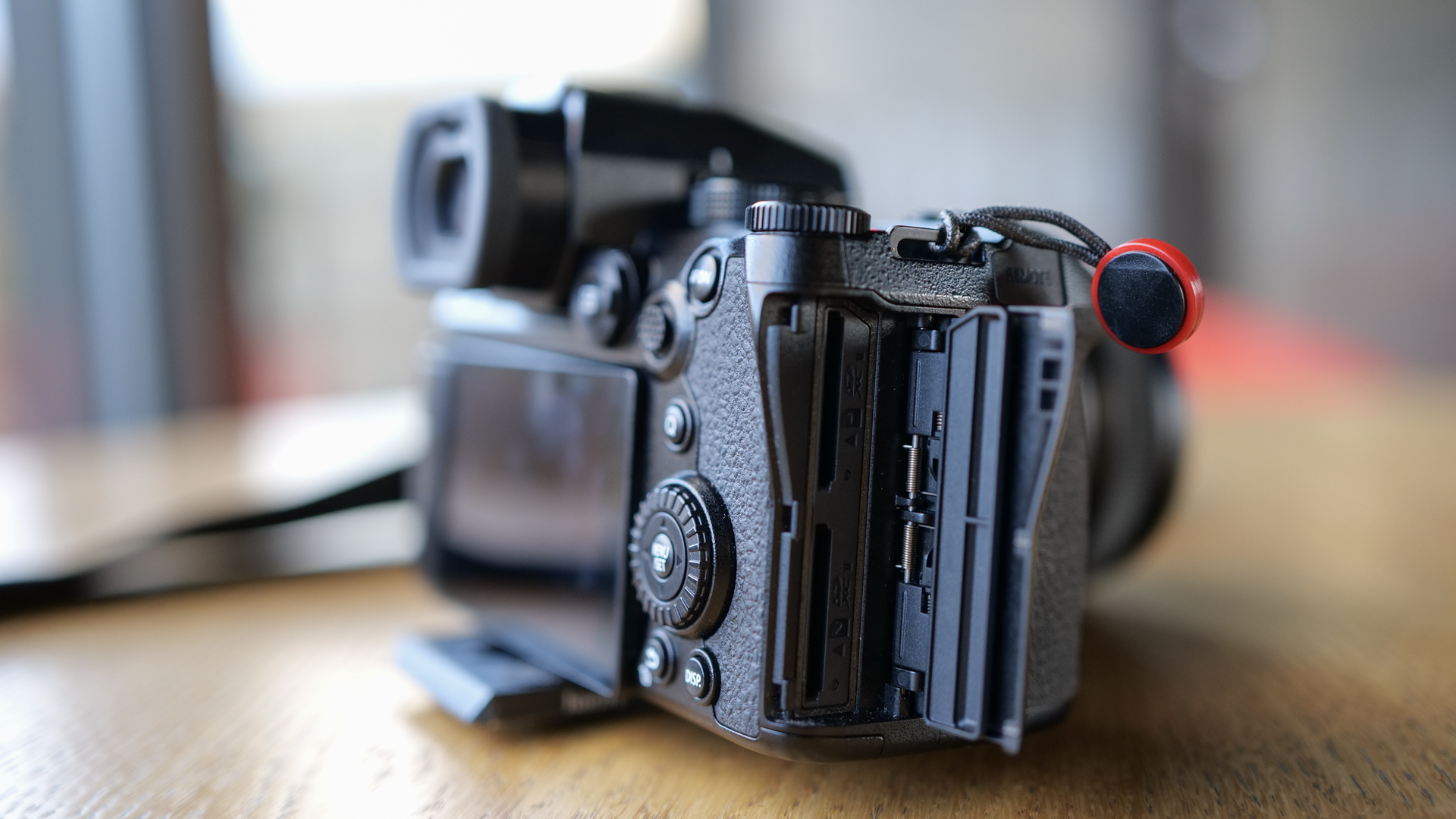
Without doubt, the autofocus system is the second-gen S5's headline new feature, upgraded from a 225-point Depth From Defocus AF system (which is contrast-detection based), to a significantly faster and more comprehensive 779-point Hybrid Phase Detection AF system.
The original S5 managed to squeeze every drop of performance out of its dated autofocus setup, which performed well in most scenarios. However, the difference between the first- and second-gen Lumix S5 cameras is night and day in my opinion.
The introduction of a new AF system meant Panasonic had to develop a new sensor, however it maintains the same familiar 24.2-megapixel resolution of the series. To support this new system there's greater processing power, which sees upgrades in other areas, including a 9fps mechanical shutter and 30fps electronic shutter, Active I.S. for smoother video while walking and shooting, and up to 6K/30p full sensor readout video.
Thanks to the addition of a fan, the Lumix S5 II can record in all video formats for a truly unlimited amount of time. Incorporating the fan does add a few millimetres to the camera’s height, width and depth, as well as an extra 26g in weight compared to the original S5 - but it's a minor trade off for significant gains.
Some other physical changes include straight camera strap eyelets, which avoid those annoying jangly triangle split rings. There’s also a higher resolution 3,680K-dot electronic viewfinder, updated USB-C with faster data readout, and, thankfully, a full-sized HDMI input.
Panasonic Lumix S5II review: Design & Build
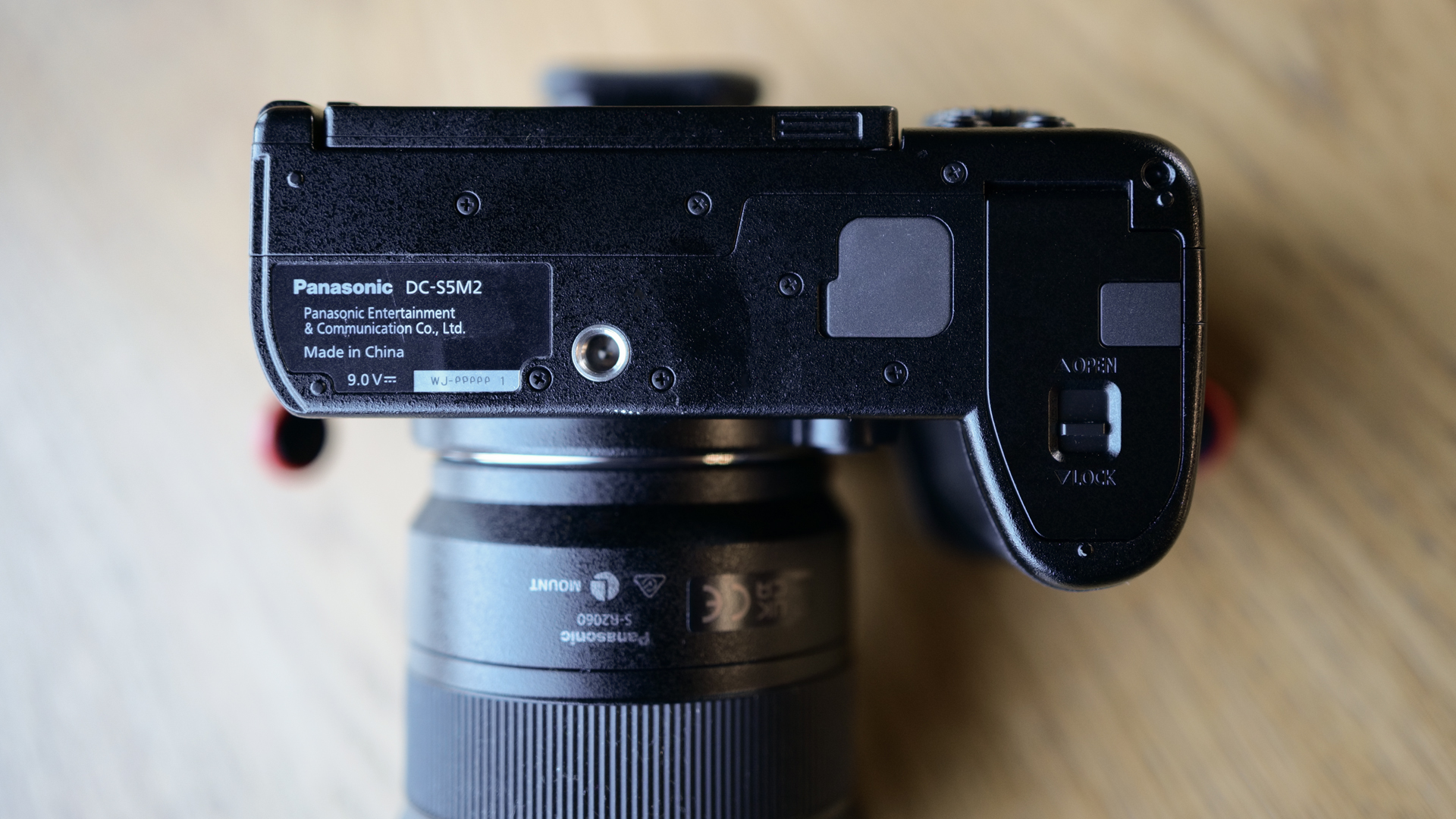
At a glance the Lumix S5 Mark 2 is almost indistinguishable from its predecessor: its button layout and general form-factor are almost identical. I appreciate an “if it ain’t broke” approach, but there are some things I would have loved Panasonic to change up for the new S5 model.
Let’s start with the small things. Namely that the base plate is still missing an anti-rotation lock pin hole, which stops tripod plates from slipping and turning. t’s a standard design feature in video-centric cameras and the Lumix GH6 and Lumix S1H both have them, so it’s disappointing not to see that accommodated here.
Then there’s the lack of Tally lights, which alert operators and subjects alike know when the camera is rolling at all times. Panasonic has included a REC screen border that can be turned on and off for this purpose, but it’s useless for anyone who doesn’t have sight of the display. As a hybrid camera targeting video creators, I’m surprised they were left out.
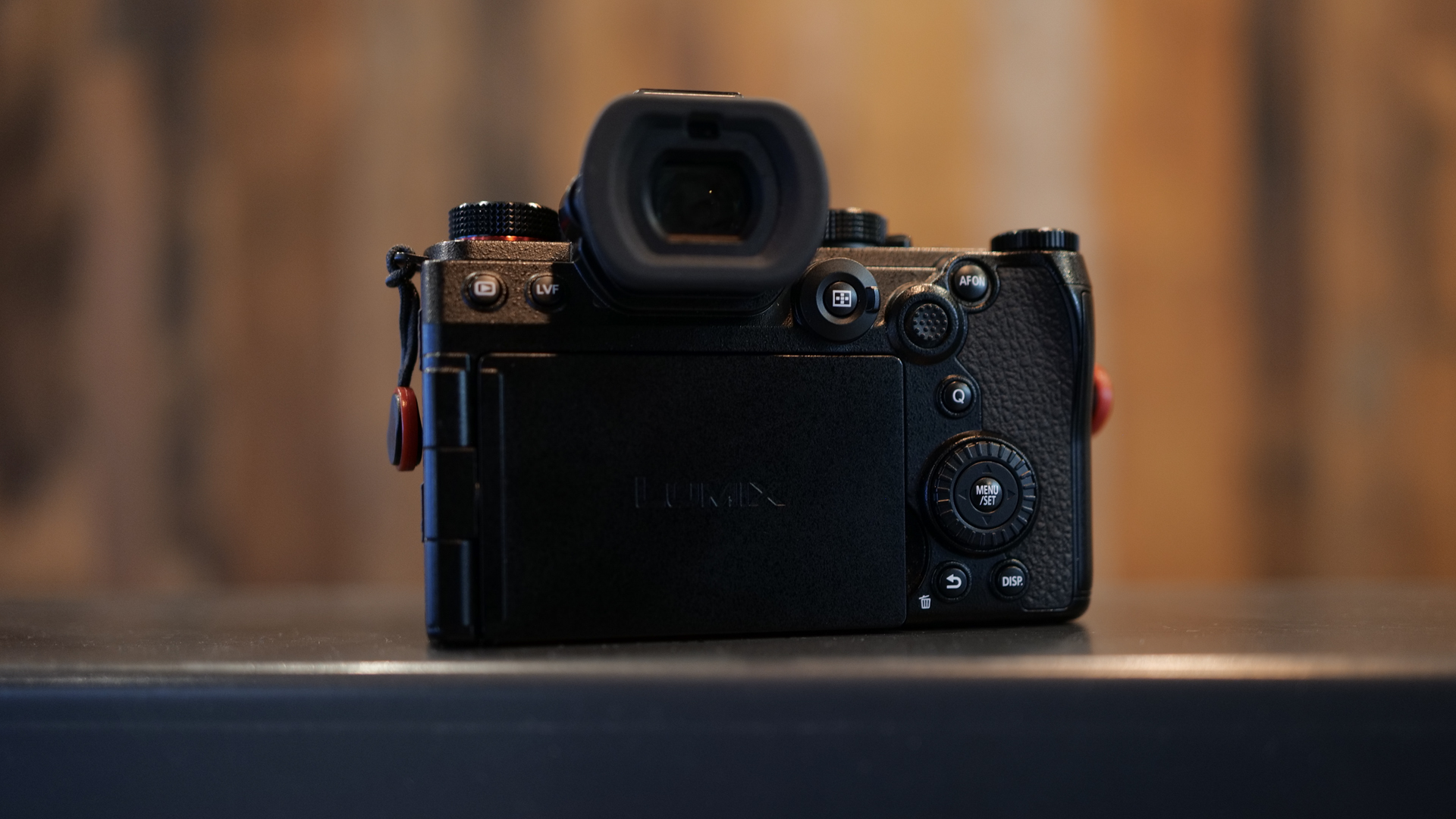
Onto the positives, of which there are many, and the Lumix S5 Mk2 is built on a solid full magnesium-alloy frame, unlike some of its rivals which opt for polycarbonate plastic and partial metal frames. It also continues the Lumix S Series' standard of having weather- and dust-resistance, with ratings to operate in extreme temperatures ranging from 0°C to 40°C. That makes this Panasonic a genuine workhorse camera that you can rely on in most conditions, despite its relatively compact size.
As a professional reviewer, I switch between camera form-factors and systems frequently, but I always find Panasonic cameras tend to handle intuitively, with sensible button placement and easy-to-navigate menu systems. The Lumix S5 II is no exception. It’s also really easy to modify and set custom functions: simply hard press the button you would like to switch and it will bring up the custom settings for you to assign a new function.
Panasonic S5 Mk2 review: Performance & Image Quality
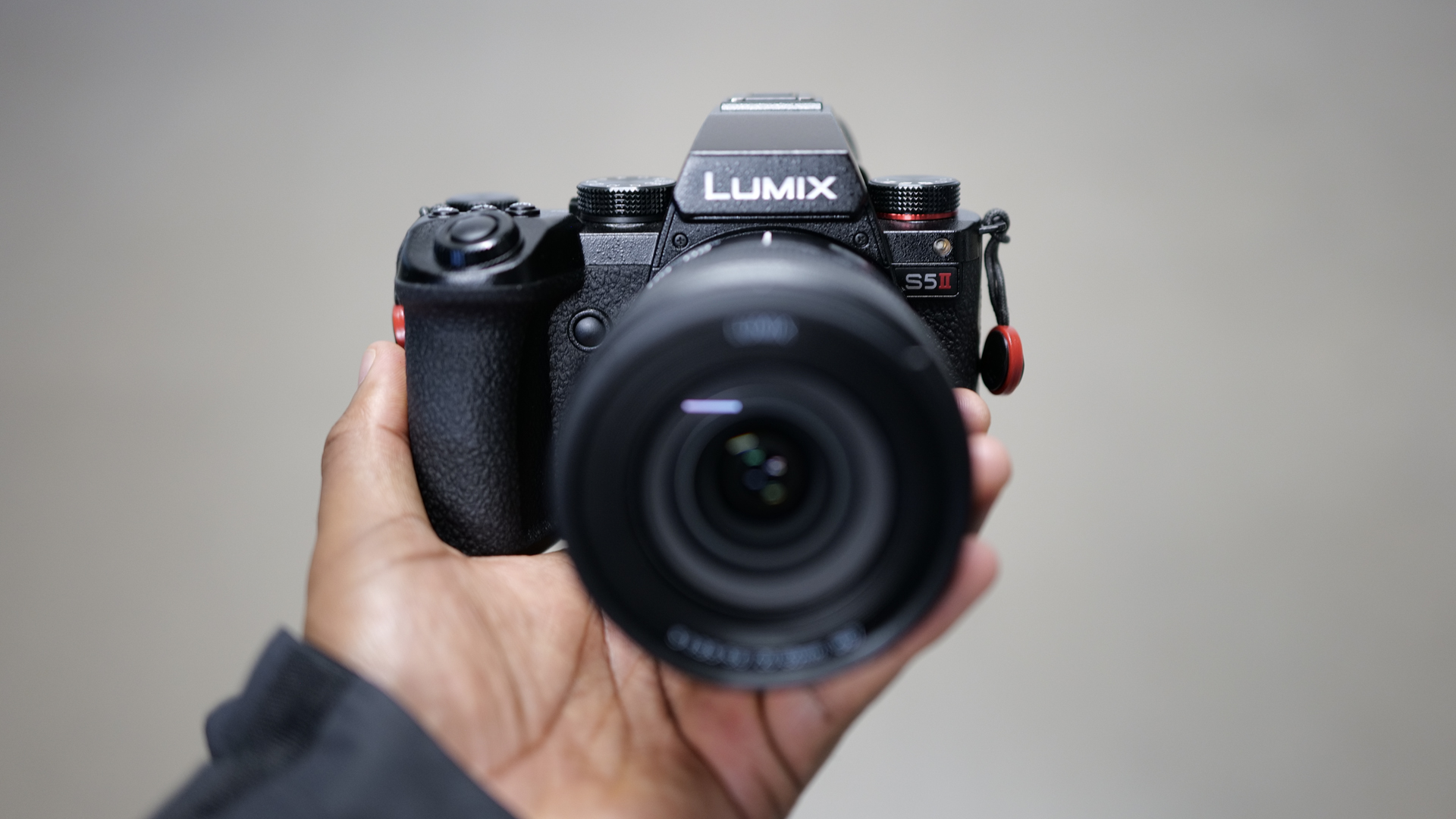
Housing a 24.2-megapixel sensor, the Panasonic Lumix S5 II offers a decent amount of resolution for most conventional photography purposes and the results are sharp with typically pleasing Lumix colours.
Unlike its predecessor, however, you can use the second-gen camera with an extra boost of confidence thanks to the inclusion of its Hybrid Phase Detection AF system. It’s rare for new core performance enhancements to have such a great impact on the overall experience of a product, but it’s not an exaggeration to say that having good PDAF on a Lumix camera is a paradigm shift for the brand. Whether shooting at its maximum mechanical shutter burst rate of 9fps or its blisteringly fast 30fps burst mode in e-shutter, you’re going to nail a significantly higher rate of keepers using the S5 Mk2, marking a significant step up versus previous S-series cameras.
Another area where the Panasonic shines is in the S5 II's 5-axis in-body image stabilisation. Whether shooting stills at extended focal lengths, capturing low-light content, or shooting video, the famed Lumix stabilisation system proves reliably steady in this camera. It also comes with a new Active I.S. technology, which uses artificial intelligence to detect and correct for camera movement associated with walking. This delivers smoother motion when vlogging or following the movement of subjects.
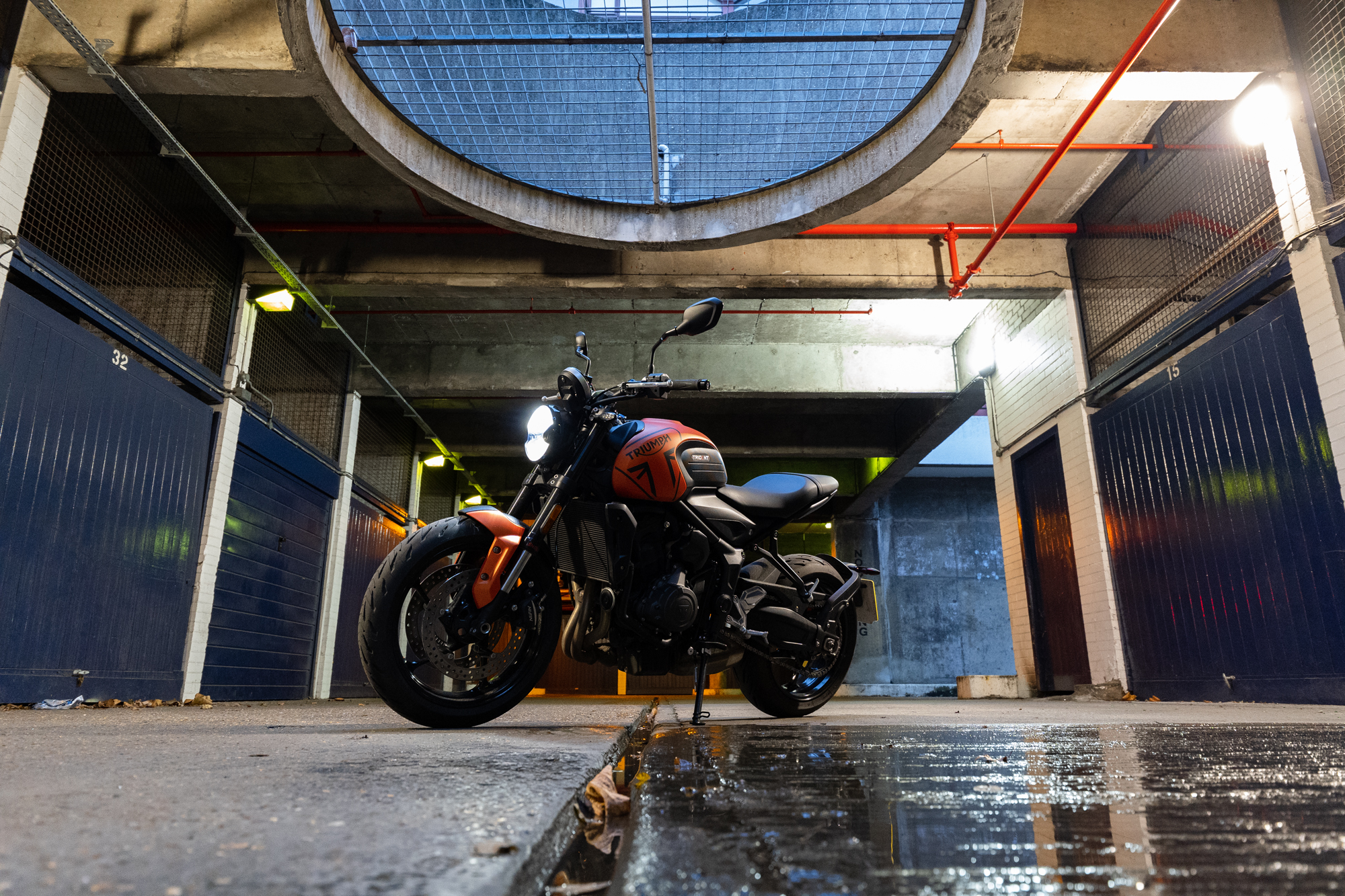
In terms of dynamic range, the Lumix S5 II can deliver roughly 14-stops when shooting in its flat V-Log picture profile and also handles image noise well, thanks to its dual native base sensitivities of ISO 640 and ISO 4000. Even if you push the ISO to extremes I found that I could still capture usable images at ISO 12,800. That's a great result.
As mentioned, the addition of a fan delivers truly unlimited recording times, even up to 6K/30p, despite the camera setting a 30 minute limit when you initially choose its maximum video resolution. However, when you set the S5 MkII’s thermal management to 'High', the imposed recording time restriction is lifted and you’re more likely to run out of memory before the camera has any chance of giving you an overheating warning.
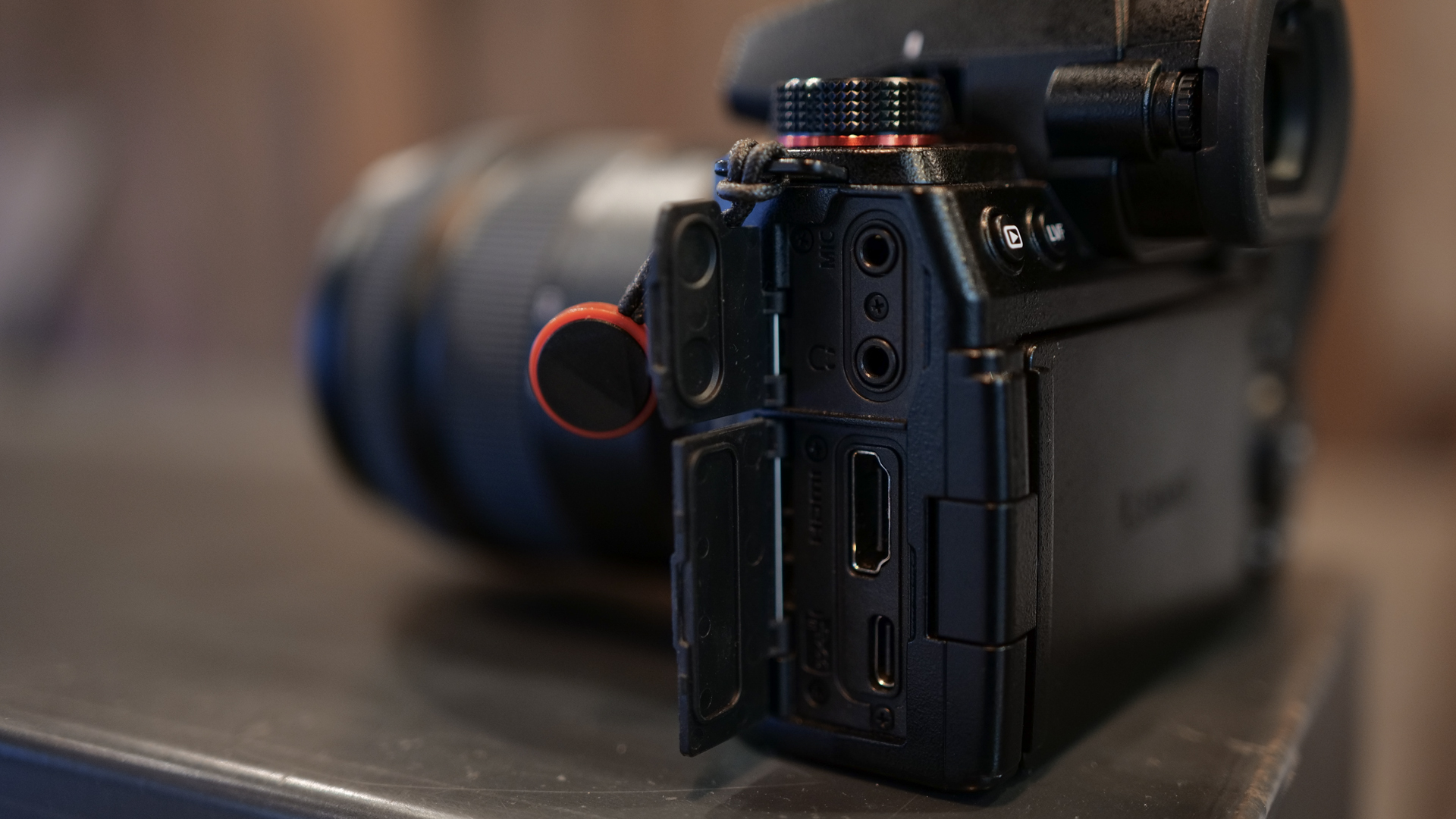
Not content to just take the brand’s word for it, I powered the S5 MkII off mains via its USB-C input and relayed two 128GB SDXC UHS-II V90 SD cards for 8 hours... before getting bored. The camera didn't give up. Even the surface on the rear of the body remained relatively cool and there were no signs of any overheating warnings. I was impressed and it’s a great sign that this is a camera that will run and run (provided you’re within its rated operating conditions rather than in a mega-hot desert anyway).
Given how many things this camera can do, it’s no surprise that its battery is perhaps the only slight weakness. The S5 Mk2 uses the same BLK-22 battery type as the original Lumix S5 and GH6 models, which is great for owners of those camera bodies. But if this is your first compact mirrorless Lumix, you’ll want to buy a spare as one battery will unlikely survive a whole day’s use. If you plan on taking a day trip or have an extended shoot, you may want to carry two or three spare batteries with you. But that said, it can also be powered using a compatible USB-C power bank, so you have options.
Lumix S5 II review: Verdict
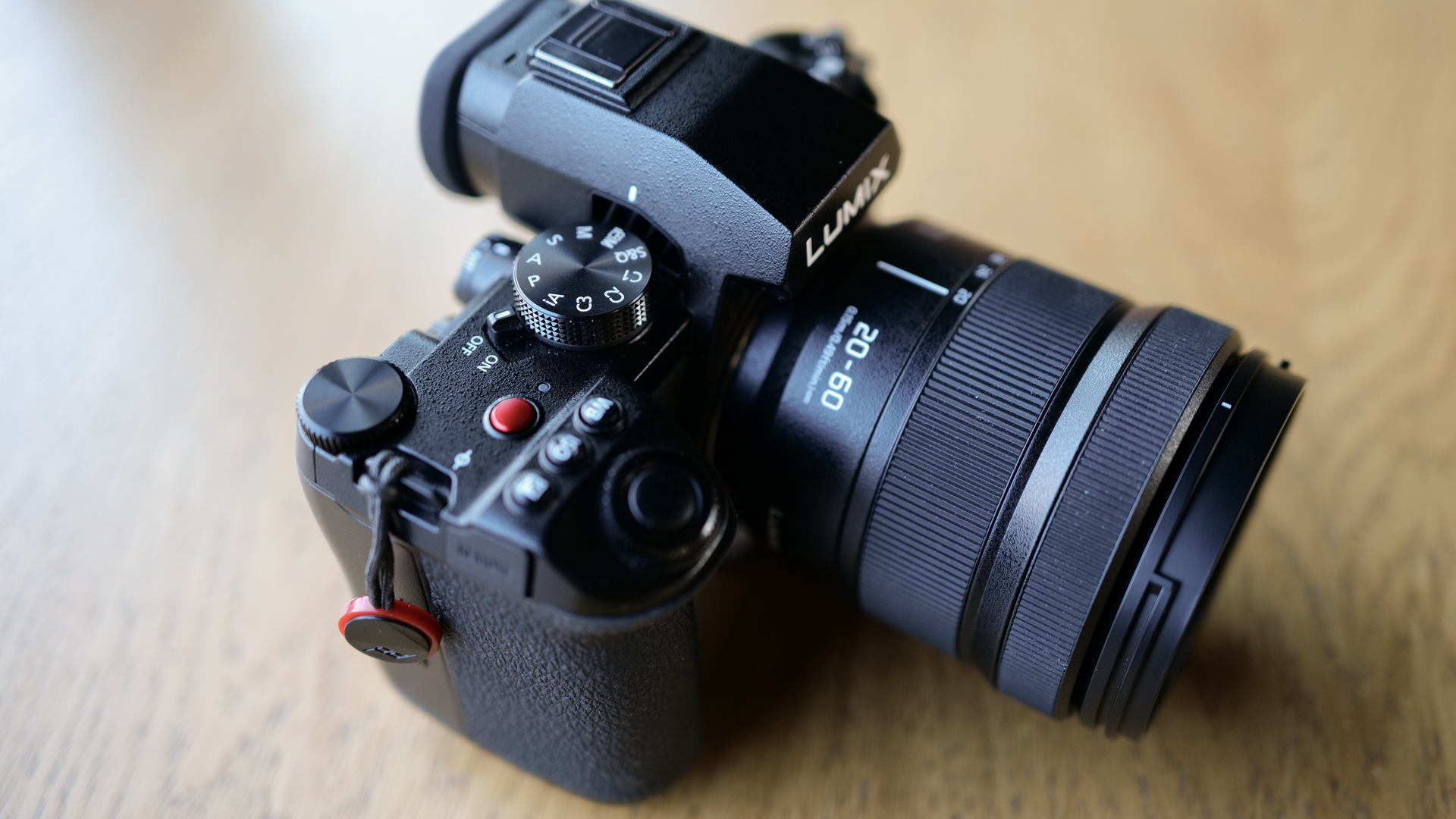
Right now, the Panasonic Lumix S5 II is the camera to beat within its price bracket. It offers an amazing features set that will deliver professional quality results, but it’s also approachable enough for a passionate beginner to pick up and learn.
As a content creator, one of the things I found myself enjoying most about the second-gen Lumix S5 was its versatility. The ability to shoot 6K/30p video with reliable phase-detect hybrid autofocus makes it easy to capture content for multiple outputs as it comfortably gives you a crisp Full HD vertical frame that you can crop into without quality loss, as well as a 4K 16:9 horizontal frame.
That’s just one of many examples that demonstrate how and why the Panasonic Lumix S5 II is an ideal hybrid camera for both photographers and videographers. It’s a camera that’s clearly been designed with creators in mind, versatility at the forefront, and excellence at its core - making it a tough camera to deny.
Also consider
If you’re already considering the Lumix S5 Mk2, you’re probably also trying to decide if you should spend a little bit more and buy its sister model, the Lumix S5 IIX, which is tailored even more towards video creators. There aren’t many differences between the two, but crucially the S5IIX supports ALL-intra, internal ProRes recording, RAW data output via HDMI, as well as SSD recording and Live Streaming capabilities out of the box. Some of these capabilities, such as ProRes support will be available to S5II owners, but only via a paid update, so if you plan on paying for that, it may be worth opting for the S5IIX in the first place.
Also on the radar is the highly capable Sony A7 IV, which has completely dominated this bracket of the camera market for a couple of years now. The A7 IV has a higher resolution 33-megapixel sensor and offers a higher maximum bit-rate for video, which on paper should deliver higher quality video at 4K and when pixel peeping.
Fujifilm’s X-H2S is another featured packed model in this camera class and offers great performance for both photographers and videographers. The Fujifilm can also record a maximum resolution of 6K/30p video, up to 40fps burst mode and has advanced subject-detection autofocus.







